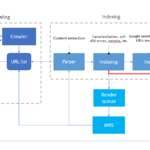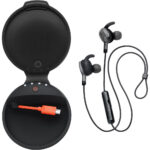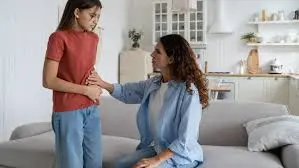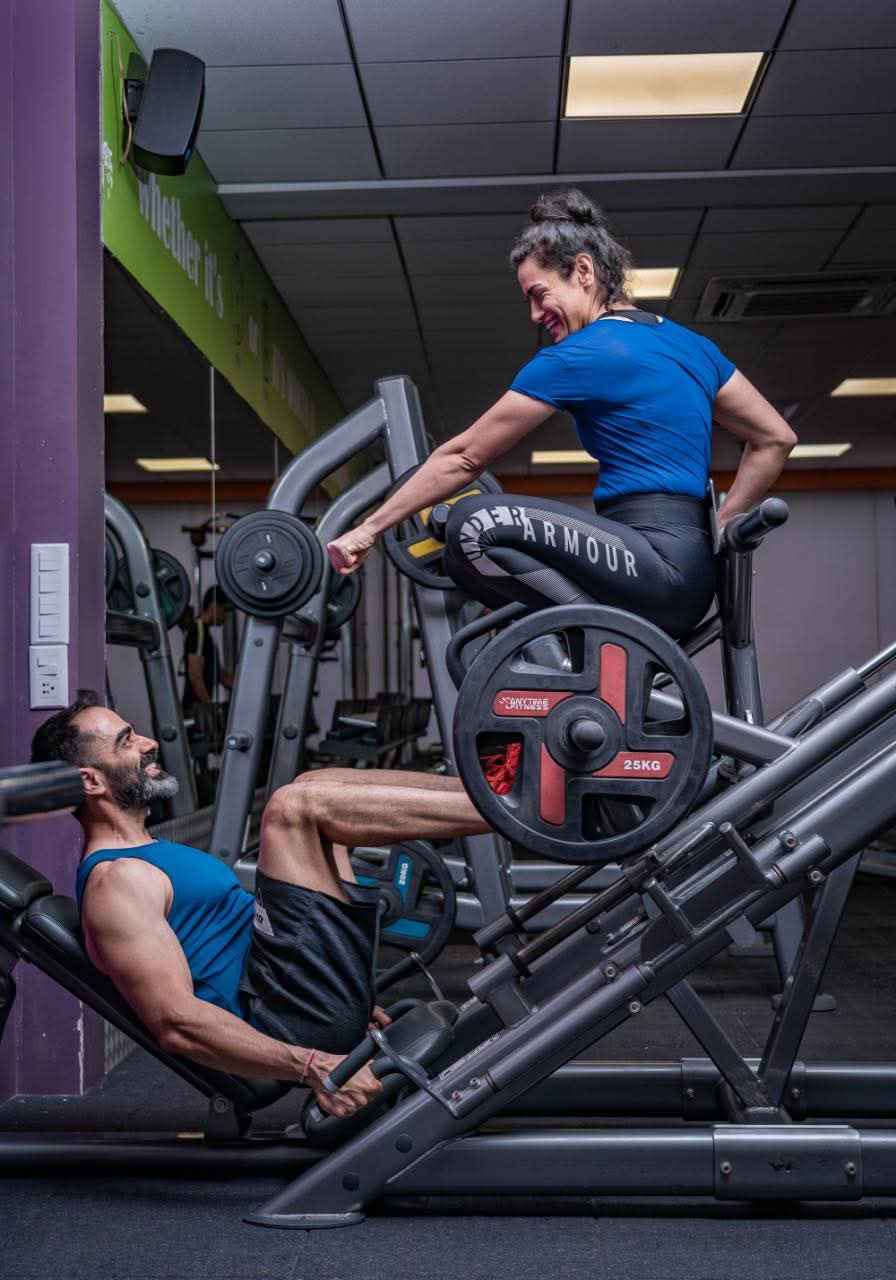A Teenager’s Complete Guide to Her First Period: Symptoms, Hygiene, and Care
Introduction
A girl’s first period, also known as menarche, is a significant milestone in her life. While some girls feel excited, others may feel anxious due to a lack of knowledge or cultural taboos surrounding menstruation. Understanding the menstrual cycle, recognizing the first signs of a period, and learning proper menstrual hygiene practices are essential for a healthy and stress-free experience.
This guide is designed to help teenagers and parents understand what to expect, how to manage the first period, and the best hygiene practices to follow.
What Is Menstruation?
Menstruation is a natural biological process in which the uterus sheds its lining, leading to bleeding from the vagina. This process prepares the female body for reproduction and occurs once a month in most women.
A menstrual cycle is counted from the first day of one period to the first day of the next period. The average menstrual cycle is 28 days, but it can vary between 21 to 40 days.
Phases of the Menstrual Cycle
- Menstrual Phase (Day 1-5) – The uterus sheds its inner lining, resulting in bleeding.
- Follicular Phase (Day 6-14) – The ovaries prepare an egg for ovulation.
- Ovulation (Day 14-16) – The ovary releases a mature egg. This is the most fertile phase for pregnancy.
- Luteal Phase (Day 16-28) – If the egg is not fertilized, the uterus prepares to shed its lining again, leading to the next period.
If a woman does not become pregnant, this cycle repeats every month until menopause, which usually happens between the ages of 45-50.
When Do Girls Get Their First Period?
Girls usually experience their first period between the ages of 8 and 15, with an average age of 12 years. The timing of menarche depends on various factors, including genetics, nutrition, and overall health.
Signs That Your First Period Is Coming
Before experiencing their first period, girls may notice several physical and emotional changes. These signs indicate that the body is preparing for menstruation:
Physical Changes
✔ Breast Development – Breasts begin growing 2-3 years before the first period.
✔ Pubic and Underarm Hair Growth – Hair starts appearing 1-2 years before menarche.
✔ Vaginal Discharge – White or yellowish fluid in underwear 6-12 months before the first period.
✔ Mild Abdominal Pain – Some girls experience cramps a few days before menarche.
Emotional Changes
✔ Mood Swings – Feeling happy one moment and sad the next due to hormonal changes.
✔ Increased Sensitivity – Feeling more emotional or irritated.
✔ Fatigue – A sudden drop in energy levels.
How to Prepare for Your First Period
Many girls feel anxious about their first period because they are unsure of what to do. Here are some simple tips to feel confident and prepared:
🔹 Keep a Period Kit – Carry a small pouch with sanitary pads/tampons, wet wipes, an extra pair of underwear, and pain relief medication.
🔹 Talk to a Trusted Person – Discuss with your mom, older sister, or a teacher about what to expect.
🔹 Track Your Symptoms – If you notice white discharge or mild cramps, your first period may be near.
🔹 Stay Calm – Your first period is a natural event. There’s nothing to worry about!
Choosing the Right Menstrual Hygiene Products
Managing your period is easier when you use the right products. Here are the most common options:
1. Sanitary Pads (Best for Beginners)
✅ Easy to use and widely available.
✅ Comes in different sizes for light, moderate, or heavy flow.
❌ Can feel bulky and cause rashes if not changed frequently.
🔹 When to change? Every 4-6 hours to prevent infections.
2. Tampons (Ideal for Active Girls)
✅ Inserted inside the vagina, providing better mobility.
✅ Suitable for sports, swimming, and long hours.
❌ Needs practice to insert correctly.
❌ Risk of Toxic Shock Syndrome (TSS) if left in for too long.
🔹 When to change? Every 4-6 hours.
3. Menstrual Cups (Eco-Friendly Option)
✅ Reusable and lasts for 5-10 years.
✅ Can be worn for up to 12 hours.
❌ Requires practice to insert and remove.
🔹 When to clean? Wash thoroughly after every use.
4. Reusable Cloth Pads
✅ Environmentally friendly and cost-effective.
✅ Good for light to moderate flow.
❌ Requires proper washing and drying to maintain hygiene.
How to Deal with Period Pain (Menstrual Cramps)?
Many girls experience period cramps, also known as dysmenorrhea. These are caused by uterine contractions as the body sheds its lining.
Effective Remedies for Menstrual Cramps
✔ Use a Heating Pad – Place it on the lower belly to relax muscles.
✔ Exercise – Light activity like yoga, stretching, or walking can reduce cramps.
✔ Drink Herbal Tea – Chamomile, ginger, and peppermint tea can help ease pain.
✔ Stay Hydrated – Drink plenty of water to prevent bloating.
✔ Eat Iron-Rich Foods – Include leafy greens, lentils, nuts, and dairy products.
✔ Pain Relief Medication – Over-the-counter painkillers like ibuprofen can be taken after consulting a doctor.
Premenstrual Syndrome (PMS) and Emotional Well-Being
Many teenagers experience PMS symptoms before their period, including:
🔹 Mood swings and irritability.
🔹 Fatigue and headaches.
🔹 Acne and bloating.
🔹 Food cravings (especially sweets and salty snacks).
How to Manage PMS?
✔ Eat a balanced diet rich in vitamins B6, magnesium, and calcium.
✔ Sleep 7-9 hours per night to reduce fatigue.
✔ Avoid caffeine and sugary snacks, which can make PMS worse.
✔ Practice stress-relief activities like meditation, reading, or listening to music.
Breaking the Myths and Taboos About Menstruation
Many societies still consider menstruation a taboo topic, leading to misinformation. It’s important to:
✅ Educate boys and girls about menstrual health.
✅ Normalize carrying and buying sanitary products in public.
✅ Debunk common myths like:
❌ “Periods make a girl impure.”
❌ “You shouldn’t exercise during periods.”
❌ “Taking a bath during periods is harmful.”
FAQs About First Periods
❓ How long does a period last?
📌 Usually 3-7 days.
❓ Can I exercise during my period?
📌 Yes! Light activities like walking, yoga, and stretching can help with cramps.
❓ Is it normal for my first period to be irregular?
📌 Yes! It may take 1-2 years for cycles to become regular.
Conclusion
Your first period is a natural part of growing up. Understanding your body, tracking symptoms, maintaining hygiene, and managing period pain will help you feel confident. By talking openly about menstruation, we can break social taboos and make periods a topic of education, not shame.
💬 Have questions? Share them in the comments below!
🔍 Keywords: first period signs, menstrual cycle phases, best sanitary pads, period cramps relief, how to track periods, PMS symptoms.









